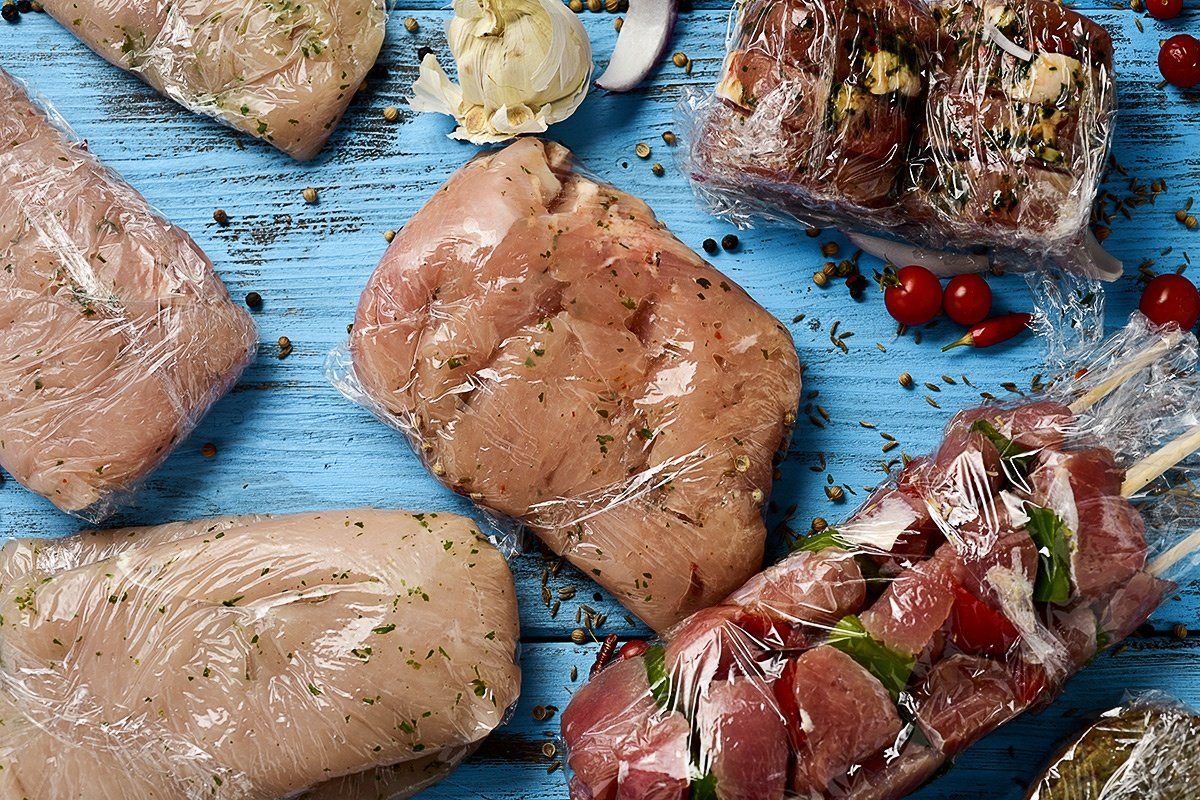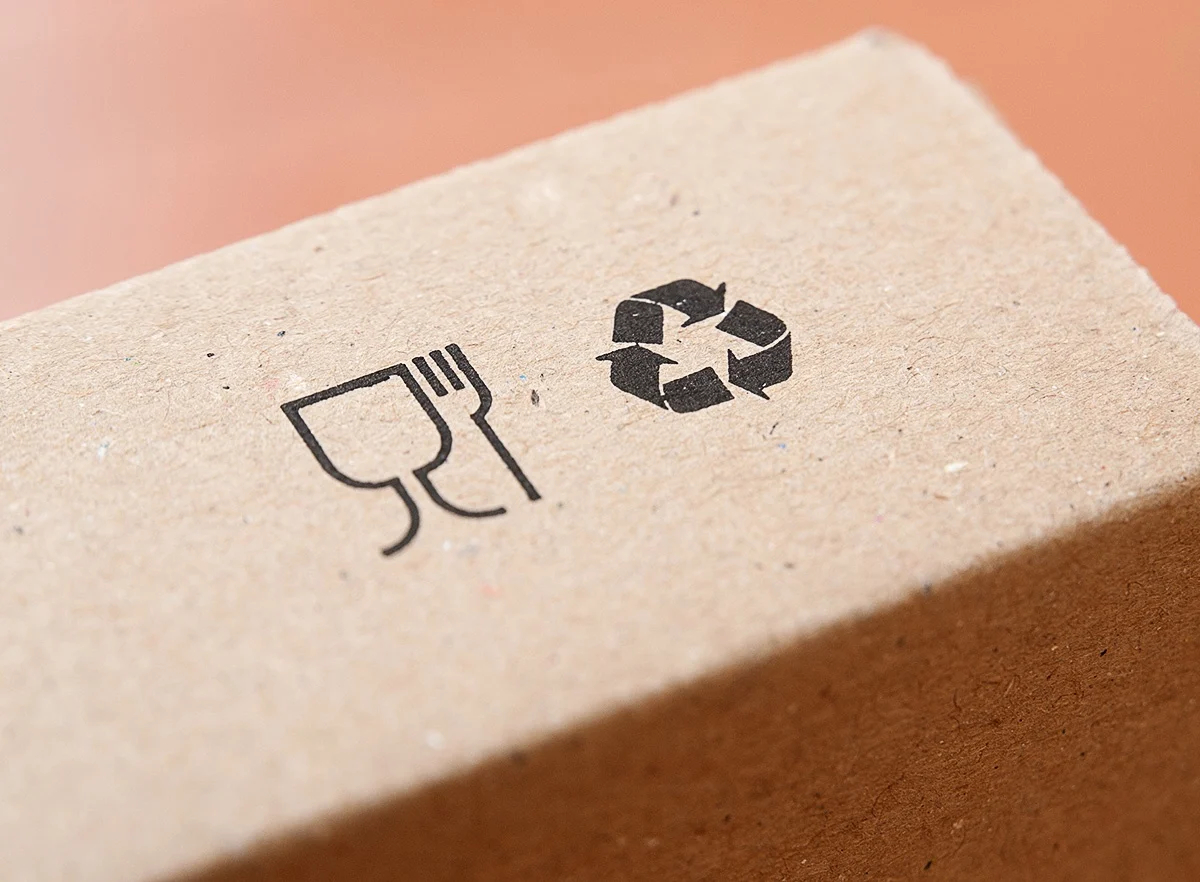
Shifting paradigms: introducing alternative technologies
Ole Martin Kristiansen | January 9, 2018
This week’s blog post started its life when I attended a stakeholder forum which was organized by the Bio-Based Industries Joint Undertaking (BBIJU), a part of the EU H2020 initiative. I listened to a high number of innovators within several fields such as bio-fuels, bio-chemicals, as well as new and more sustainable materials. I started a line of thought, where the word paradigm occurred to me; I am part of a generation raised in the latter part of the 20th century where a majority of things we take for granted are based on technologies from the petroleum sector. The paradigm has given opportunities and challenges, but how does this paradigm affect us and our thoughts on innovation?
The paradigm of material development: the example of packaging
Economy is a key element in our ability to consume and the WWF has discussed this in one of their reports. Our pattern of consumption is subsequently also a driver for how companies develop new solutions. In their report, they focus on the Asian FMCG (Fast-Moving Consumer Goods) segment and its big challenges (water, packaging and waste management). These challenges also apply, in my opinion, to the industrialized countries. When the economy is booming, and the average income increases, the demand for goods typically goes up. Eurostat also point at this in their report, showing the actual link between economic development and consumption. This leads me to an interesting field following increase and decrease in goods purchase: Packaging.
Since I am working on one of the materials that can be an alternative technology in these areas, I will also introduce you to some ideas on its applicability in the packaging area.

Material development is a challenging task, with consumers always referencing to what they are used to having. A good example is the food packaging. A high number of the food we are consuming is contained in plastic packaging, based on petrochemical sources. These plastics keeps the shelf life of the products longer and most innovation goes into ease the consumer handling of these (like opening and re-opening etc.). EY reported back in 2013 that the most successful packaging companies achieved an end-user driven innovation direction, where the demand was already there for the technological solutions they provided. Printability (quality and ease of printing), size-management of packaging, innovative design and re-sealing are mentioned as key benefits. Benefits that fits practicalities for consumers can turn in to high-margin products.
New developments need to take into consideration an important aspect: biodegradability & sustainability. The product I have been occupied with the last years, cellulose fibrils, has shown some interesting features in this context:
- It blocks oxygen from entering the products (reduces air permeability drastically)
- It offers oil and grease barrier
- It creates a film, which is easily printable and results in sharper images
My colleague, Anni, wrote about this in her blog post, where the cellulose fibrils shows its ability to combine with current technologies. Coca Cola has shown that introducing renewable materials into current solutions is possible, with their plant bottle as an example. Cellulose fibrils can be introduced also in paper products, as discussed by our guest blogger Michael Bilodeau in his blog post. By improving the paper strength, new innovation opportunities can be reached in designing new and different looking packaging.

Reverting back to the points raised by EY, I positively think that the companies succeeding in FMCG in the future will combine the following three concepts:
- Improved design/differentiators
- Improved sustainability, including biodegradability
- Good product mix (products giving good margins)
Innovation pace in new technologies typically goes slower due to the risk involved of creating new products, but the key point for innovation managers should be to have an as large tool box as possible, and to always search for the new innovations. When the end-users are shifting their consumption or a supplier comes with a paradigm shifting initiative, it can be challenging to keep up!
Make sure you keep up, by reading about some of the possibilities with cellulose fibrils in our free eBook.
